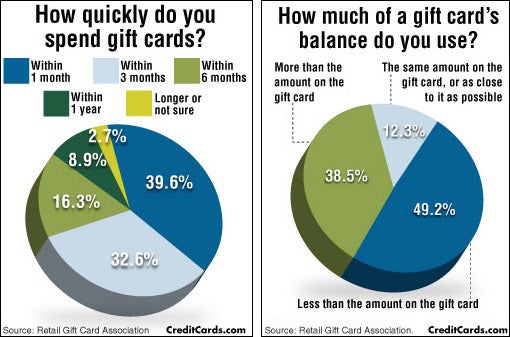Glass engravers have been very knowledgeable craftsmen and artists for hundreds of years. The 1700s were particularly remarkable for their accomplishments and popularity.
For example, this lead glass cup demonstrates how etching integrated design trends like Chinese-style concepts right into European glass. It likewise illustrates how the ability of an excellent engraver can create illusory depth and aesthetic structure.
Dominik Biemann
In the first quarter of the 19th century the traditional refinery area of north Bohemia was the only location where naive mythological and allegorical scenes inscribed on glass were still in vogue. The goblet pictured below was engraved by Dominik Biemann, who specialized in tiny pictures on glass and is considered one of one of the most crucial engravers of his time.
He was the child of a glassworker in Nové Svet and the brother of Franz Pohl, another leading engraver of the duration. His job is characterised by a play of light and darkness, which is particularly apparent on this goblet presenting the etching of stags in forest. He was also recognized for his service porcelain. He died in 1857. The MAK Gallery in Vienna is home to a big collection of his works.
August Bohm
A notable Nurnberg engraver of the late 17th century, Bohm collaborated with delicacy and a sense of calligraphy. He inscribed minute landscapes and inscriptions with bold official scrollwork. His work is a forerunner to the neo-renaissance design that was to dominate Bohemian and other European glass in the 1880s and past.
Bohm accepted a sculptural sensation in both alleviation and intaglio engraving. He exhibited his proficiency of the latter in the carefully crosshatched chiaroscuro (stalking) impacts in this footed cup and cut cover, which illustrates Alexander the Great at the Battle of Granicus River (334 BC) after a painting by Charles Le Brun. Regardless of his considerable ability, he never achieved the popularity and fortune he looked for. He died in scantiness. His partner was Theresia Dittrich.
Carl Gunther
Despite his steadfast work, Carl Gunther was a relaxed guy that delighted in spending time with friends and family. He loved his day-to-day routine of visiting the Collinsville Elder Center to enjoy lunch with his friends, and these moments of sociability provided him with a much required respite from his requiring career.
The 1830s saw something fairly phenomenal take place to glass-- it became vivid. Engravers from Meistersdorf and Steinschonau produced highly coloured glass, a taste called Biedermeier, to meet the need of Europe's country-house classes.
The Flammarion inscription has come to be a symbol of this brand-new taste and has shown up in books committed to science in addition to those exploring necromancy. It is additionally discovered in countless museum collections. It is believed to be the only surviving instance of its kind.
Maurice Marinot
Maurice Marinot (1882-1960) began his profession as a fauvist painter, yet became interested with glassmaking in 1911 when visiting the Viard siblings' glassworks in Bar-sur-Seine. They gave him a bench and instructed him enamelling and glass blowing, which he understood with supreme skill. He established his own methods, making use of gold flecks and making use of the bubbles and various other natural problems of the product.
His approach was benefits of engraved glass to deal with the glass as a creature and he was one of the very first 20th century glassworkers to make use of weight, mass, and the visual impact of all-natural flaws as aesthetic components in his works. The exhibit shows the substantial impact that Marinot carried modern-day glass production. Sadly, the Allied battle of Troyes in 1944 destroyed his studio and countless illustrations and paintings.
Edward Michel
In the early 1800s Joshua presented a design that mimicked the Venetian glass of the period. He utilized a strategy called diamond point inscription, which entails scratching lines right into the surface of the glass with a difficult steel execute.
He likewise created the first threading device. This creation permitted the application of long, spirally wound tracks of shade (called gilding) on the text of the glass, an essential feature of the glass in the Venetian style.
The late 19th century brought brand-new layout concepts to the table. Frederick Kny and William Fritsche both worked at Thomas Webb & Sons, a British company that focused on excellent quality crystal glass and speciality coloured glass. Their work reflected a preference for classic or mythical topics.
